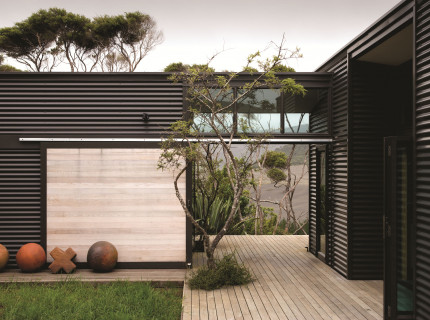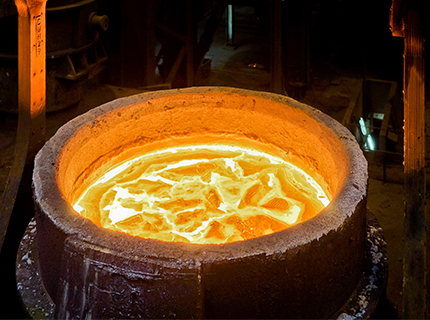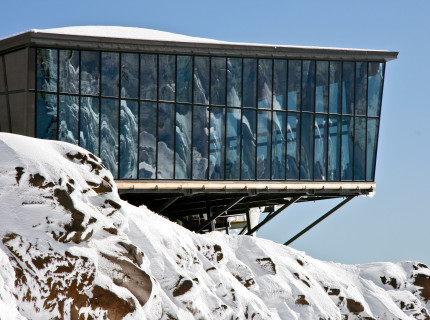Ironsand
The key ingredient of the steel making process in New Zealand is ironsand, which is found in abundance on the west coast of the North Island. These "blacksands" were first noted by Captain James Cook, during his first voyage of discovery in 1769. He dubbed the area "The Desert Coast". The potential of the ironsands was recognised by the early European settlers who were intrigued by the sands' magnetic qualities. Early experiments to smelt the iron from the ironsand met with little success as the fine sand fell through the furnace and choked the hearth. It was only in the 1960s when direct reduction techniques and electric arc furnaces were developed that the potential of the ironsand deposits could be realised. The ironsand, which was formed through the breakdown of rocks originating from volcanic activity in Taranaki 2.5 million years ago, is mined from sites along the west coast, with the largest being at the mouth of the Waikato River. Up to 1.2 million tonnes of sand is mined each year at the Waikato North Head deposit, which contains more than 150 million tonnes of ironsand. The ironsand is transported to the Glenbrook Mill in a slurry (ironsand and water) which is pumped through an 18km long underground pipe.
Water
Water is a key ingredient in steelmaking with up to 1 million tonnes of water each day circulating through the steelmaking and finishing processes at Glenbrook. However, only about 20,000 tonnes of fresh water needs to be added to the steelmaking and finishing water circuits daily, with extensive recycling and reuse of captured stormwater assisting in water conservation. Fresh water is sourced from the Waikato River approximately 14 kilometres from the river mouth. Waikato River water is also used in transporting the ironsand (titanomagnetite) concentrate in a slurry from the Waikato North Head minesite.
Ferrous Scrap
Ferrous scrap waste arising from the Mill's various processes is recycled by remelting it in the steelmaking process.
Other Consumables
In the iron and steelmaking process correction materials are added to adjust the chemistry of the molten iron and steel. These include dry ironsand, burnt lime, aluminium wire, ferro-silicon and ferro-manganese. In the metal coating process and pipe mill large volumes of zinc are applied to protect steel products during their life. Paints are applied to sheet steel to provide protection and colour. In the finishing processes acids are used for cleaning the steel before coatings are applied. Acids and solvents are also used for various cleaning purposes in the rolling and finishing processes. Large volumes of oil and grease are used throughout the various processes and particularly in the rolling mills, for plant lubrication.



